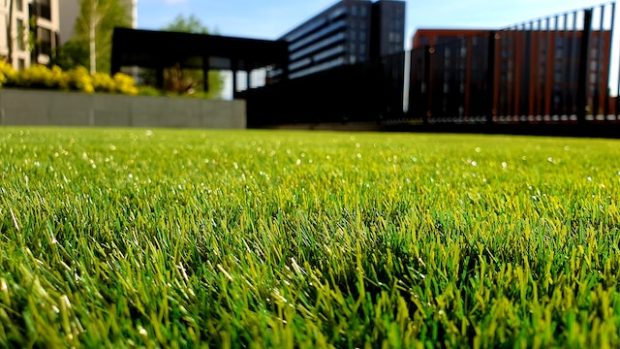When it comes to achieving a vibrant lawn, having an understanding of grass seed basics is crucial. In this guest post, we will delve into the world of grass seed, exploring types, growth patterns, and tips for maintenance. You can establish the groundwork for a flourishing lawn by arming yourself with knowledge about these aspects.
1 Different Types of Grass Seed
Selecting the type of grass seed can make all the difference between a lawn and one that struggles to grow. Here are three used varieties to know when you plan to buy grass seed.
a) Kentucky Bluegrass
- Suited for regions with variable seasons.
- It is known for its rich dark green color and dense growth pattern.
- Adapts well to climates.
- Performs best in areas with sun or partial shade.
b) Bermuda Grass
- Ideal for areas with seasons.
- Demonstrates tolerance to heat and drought conditions.
- Grows vigorously and repairs itself quickly.
- Flourishes in areas exposed to the sun.
c) Zoysia Grass
- Thrives in both warm season regions, as some transition zones.
- Recognized for its ability to form a thick turf layer.
- This type of grass is highly tolerant to foot traffic.
- It can withstand drought conditions and thrives in areas with sun to shade.
2 Understanding How Grass Grows
Different grass seeds have growth patterns that determine their spread and how they fill your lawn over time. By understanding these growth patterns, you can effectively plan your lawn care routine.
a) Spreading Growth Pattern
Grass species like Kentucky Bluegrass naturally grow in a spreading pattern. They reproduce by sending out above-ground stems called “stolons” that take root in the soil, forming plants over time.
b) Bunching Growth Pattern
Turfgrasses such as Bermuda Grass have a growth pattern. After spreading through stolons or rhizomes, they expand by growing from the center, forming individual clumps or “bunches.”
c) Combination of Spreading and Bunching Growth Patterns
Zoysia Grass exhibits both spreading and bunching growth patterns depending on the cultivar. Some varieties spread through stolons, while others grow in clumps.
Understanding the growth pattern of your chosen grass seed variety allows you to adjust your maintenance practices accordingly.
3 Tips for Maintaining a Lush Lawn
To ensure that your lawn remains healthy and vibrant, it is crucial to follow maintenance practices. With these tips, you care for your lawn as they will contribute to its long-term health and vitality. Thus, here are some important tips to keep in mind for maintaining a lawn.
a) Routine Watering
Proper watering is essential for establishing seedlings and ensuring your lawn thrives. Remember to water not frequently as this encourages the roots to grow deeper and helps the grass withstand dry periods better.
b) Proper Mowing
Regular mowing is key to promoting denser growth and preventing any one type of grass from taking over your lawn. Follow the 1/3 rule and never cut off more than one-third of the length of the grass blades during each mowing session.
c) Applying Fertilizer
Applying fertilizer at the time and in amounts can greatly improve your lawn’s overall health. Consider getting a soil test done to identify any deficiencies and then apply a fertilizer accordingly.
d) Pay Attention to Weed Control
Weeds can compete with your desired grass species for resources like nutrients, sunlight, and space. To manage them effectively, try methods like pulling out weeds using herbicides selectively when necessary and promoting lawn growth through proper maintenance practices.
e) Focus on Aerating
Aerating involves creating holes in the soil to allow airflow, water penetration, and nutrient absorption by the grassroots. This practice helps reduce soil compaction and enhances soil health.
f) Repairing Bare Spots
Over time, your lawn may develop spots or areas that are thinning due to factors like foot traffic. To address this issue, you can overseed by applying grass seed to those areas. It will ensure coverage. Help maintain a vibrant and green lawn.
g) Dealing with Pests and Diseases;
It’s important to stay vigilant for any signs of pests or diseases that could harm your grass. If you notice any issues, consider using pest control methods or seeking advice from a lawn care professional.
Conclusion
By gaining knowledge about types of grass seeds, understanding growth patterns, and following maintenance tips, you’ll be well prepared to establish a flourishing lawn. Remember to select the type of grass based on your climate conditions, make decisions about maintenance based on growth patterns, and employ effective techniques to keep your lawn in excellent health. With dedication and proper care, you’ll create an inviting space for relaxation and enjoyment.
Read More:
Tall fescue grass seed germination time: tips and tricks for successful growth


